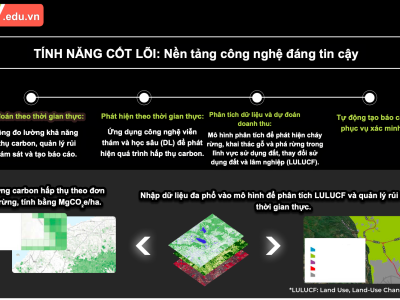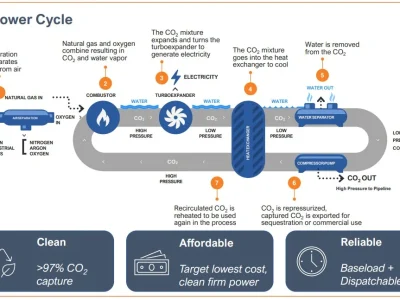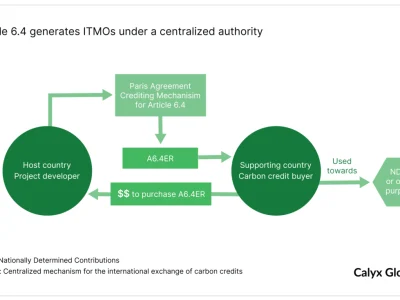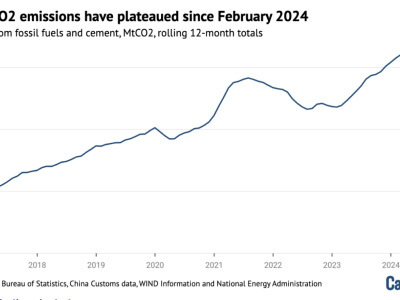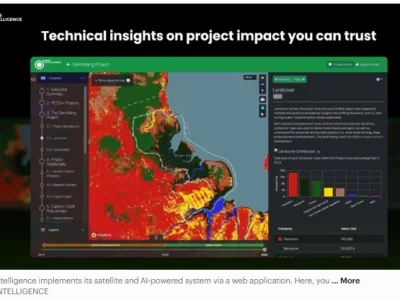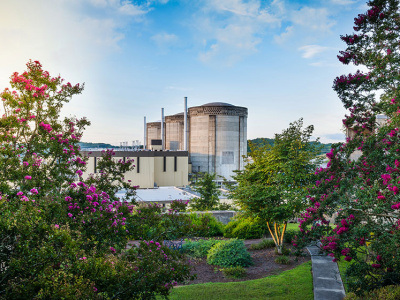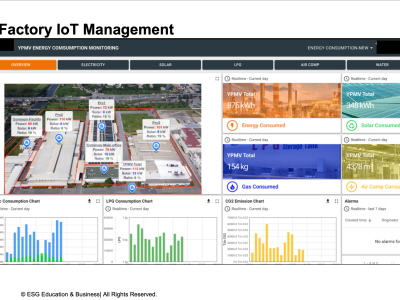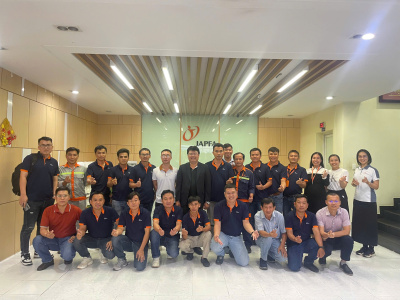 Chuong trinh dao tao
Chuong trinh dao tao
When Digestate Becomes a Biohazard: Unveiling the Hidden Threats of Small-Scale Biodigesters
At first glance, biodigesters seem like a green solution—converting livestock and food waste into energy and fertilizer. However, beneath this well-meaning surface lies a complex and disturbing reality. The widespread use of small-scale biodigesters in countries like Vietnam is contributing not only to nutrient overload in waterways but also to a dangerous acceleration in the spread of antibiotic-resistant bacteria and genes. This convergence of environmental degradation and public health risk has largely gone unnoticed, but its implications are far-reaching and deeply troubling.
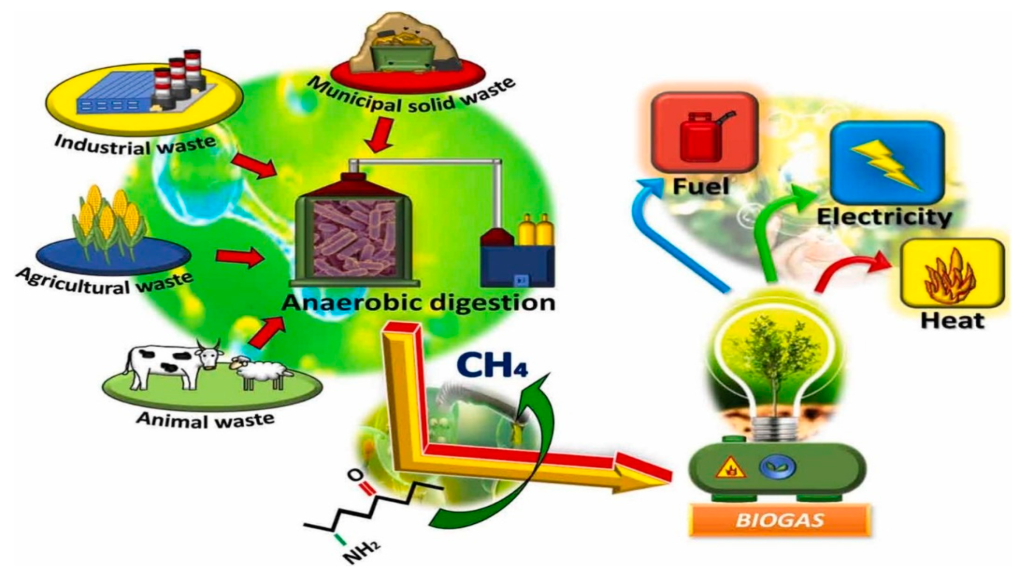
The Double Threat: Nutrient Pollution and Pathogen Spread
When digestate—the liquid and solid effluent from biodigesters—is discharged into waterways, it unleashes a torrent of nutrients such as nitrogen and phosphorus. This leads to eutrophication, dead zones, and algal blooms in rivers, lakes, and coastal waters. But this is just one layer of the problem. Digestate is frequently contaminated with zoonotic pathogens like MRSA, Salmonella spp., E. coli, and Clostridium perfringens, as highlighted in studies of Vietnamese biogas systems that use pig slurry.
The risk becomes even more alarming when one considers that digestate can carry antibiotic-resistant bacteria (ARB) and antibiotic resistance genes (ARGs). These bacteria not only persist but also interact—swapping genetic material via horizontal gene transfer. This biological exchange happens rapidly in the aqueous environment, turning rivers and canals into breeding grounds for superbugs. Since many farmers use the same water sources for flushing and irrigation, these resistant bacteria and genes spread from farm to farm, creating a regional health and biosecurity crisis.
Biodigesters as Epicenters of Genetic Pollution
Small-scale anaerobic digesters are not neutral players in this system—they are active hotspots for the propagation of antibiotic resistance. Research shows that ARGs survive the digestion process and are later released into the environment through digestate application. The situation mirrors problems in centralized wastewater treatment plants, but is even harder to regulate in the decentralized, rural settings where household digesters are common.
Adding human waste into these biodigesters—as is often done in rural Vietnam—compounds the issue. Roughly 30% of antibiotics consumed by humans are excreted unmetabolized in urine and feces, and most of these residues survive wastewater treatment processes. In fact, a global study revealed that up to 8,500 tons of antibiotics enter the world’s rivers annually, contributing to rising levels of resistance in aquatic ecosystems.
The situation is worse with livestock. Up to 70% of antibiotics administered to animals are excreted unmetabolized. A study conducted on an “ecological farm” in China detected seven different antibiotics in both the solid and liquid phases of biogas slurry, confirming that these pollutants are not broken down during anaerobic digestion. The authors concluded that biogas production introduces major challenges for both environmental safety and the commercial viability of the sector.
The False Promise of Nutrient Recycling
It is often claimed that digestate can serve as a sustainable fertilizer. In theory, this sounds reasonable. In practice, it fails. During digestion, organic nitrogen and phosphorus become mineralized, making them more prone to escape. Ammonia losses during digestate storage and field application can reach up to 70% of total ammoniacal nitrogen. Nitrate leaching pollutes groundwater, and volatilization releases nitrous oxide (N₂O), a potent greenhouse gas.
Moreover, phosphorus runoff from digestate—unless carefully controlled—flows into waterways where it feeds harmful algae. Most alarmingly, antibiotic residues and ARGs in digestate contaminate the very soils and crops they are supposed to enrich, creating invisible reservoirs of resistance that may enter the human food chain.
Even when farmers attempt to optimize digestate use, much of its nutrient value is lost before it can benefit crops. The result? A double burden: polluted ecosystems and the need to rely on chemical fertilizers to make up for nutrient shortfalls.
Chemical Fertilizers: A Misguided Backup
This dependence on synthetic fertilizers is no accident. Biodigesters, despite their green image, often require chemical fertilizer supplementation to maintain yields. Thus, instead of being a replacement, biodigesters become part of the same linear, leaky nutrient management system. One flawed solution simply reinforces another. Both systems promote nutrient escape, environmental degradation, and long-term soil depletion.
The Lost Opportunity: Wasting Methane and Nutrients
Some advanced companies are exploring how to ferment methane into protein-rich feed using methanotrophic bacteria—an exciting development that illustrates the nutrient potential of methane. But small-scale biodigesters burn methane for cooking or heating, releasing it into the air as CO₂ and water. In doing so, they destroy molecules that could otherwise support microbial or agricultural productivity.
Burning methane not only wastes a valuable resource—it terminates biological nutrient loops that could have powered integrated, closed-loop food systems. The idea that digesters “recycle” nutrients is misleading when so much of what is generated simply escapes or is destroyed in the process.
What the Life Cycle Assessments Say
Life cycle assessments (LCAs) of biodigesters in Vietnam provide damning evidence. One LCA concluded:
“Losses of biogas from digesters, as well as intentional release of biogas and emissions of CH₄ from manure storage, compromise the beneficial effects in terms of global warming brought about by using the biogas produced to replace other fuels.”
Another stated:
“Biogas digesters are exacerbating problems with the low recycling of nutrients from animal waste.”
Despite this, over 200,000 small-scale biodigesters have been installed in Vietnam, largely promoted by well-meaning but misguided international development programs such as those led by SNV Netherlands Development Organisation. The scale of the damage—from public health risks to environmental degradation—is staggering.
A Retrofit Fantasy
Calls for improved biodigester design or household education are unrealistic. Retrofitting tens of thousands of rural units, transitioning them to pathogen-killing thermophilic conditions, and training rural households in safe operation is a logistical and economic nightmare. These systems were built with good intentions but now present a systemic failure—one that cannot be resolved through tweaks or wishful thinking.
Conclusion: A Need for Paradigm Shift
Biodigesters have been marketed as a win-win for rural energy and waste management. But the reality reveals a toxic cycle of nutrient loss, pathogen spread, and antibiotic resistance. Instead of perpetuating this flawed technology, we must explore alternatives that keep nutrients within the food system, minimize microbial risk, and close the loop in ways that are truly regenerative.
The future of sustainable agriculture lies not in burning methane or spreading pathogen-laced sludge, but in designing systems where nutrients flow through controlled biological processes—not rivers and skies. Biodigesters are not the solution. They are part of the problem.


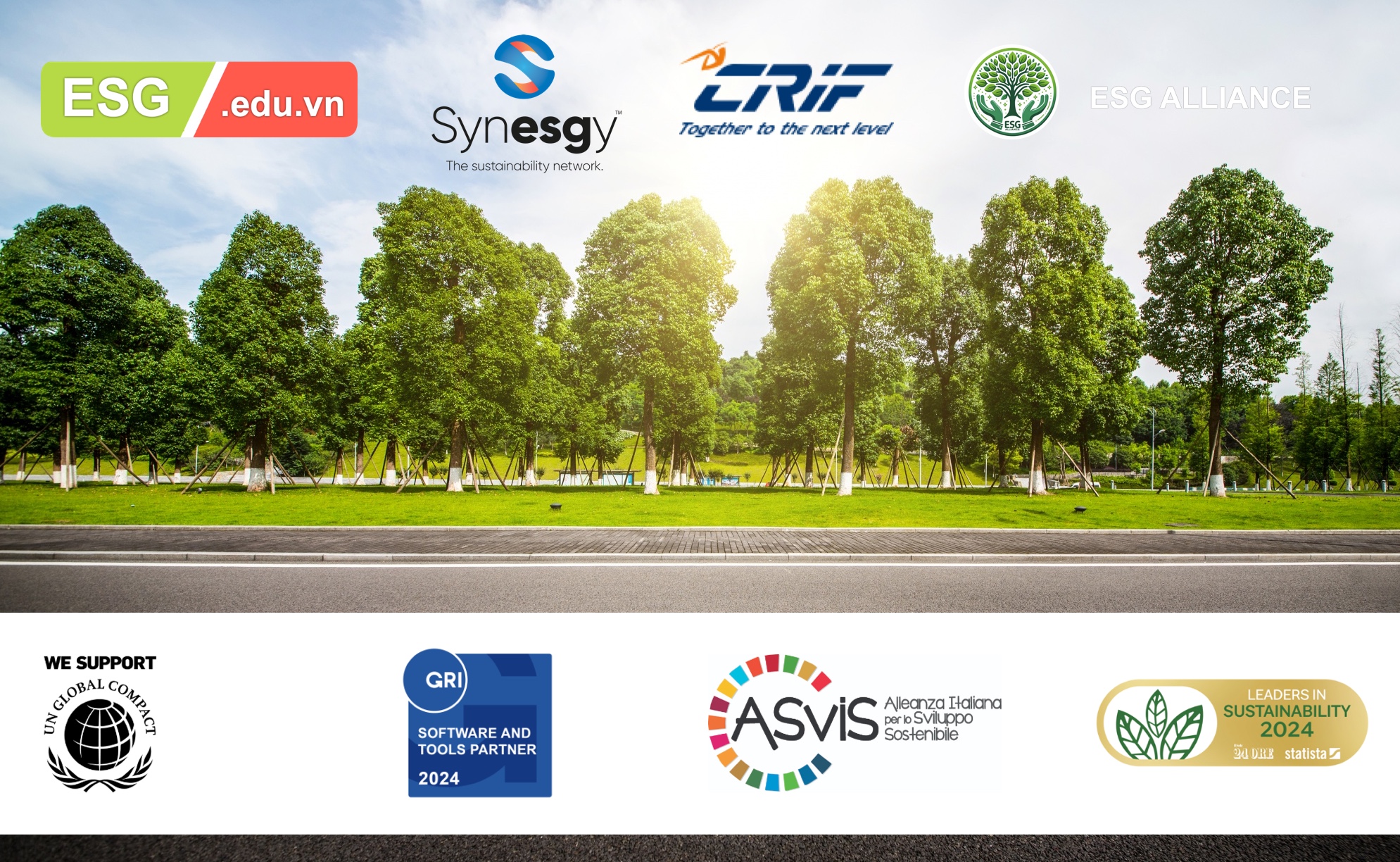







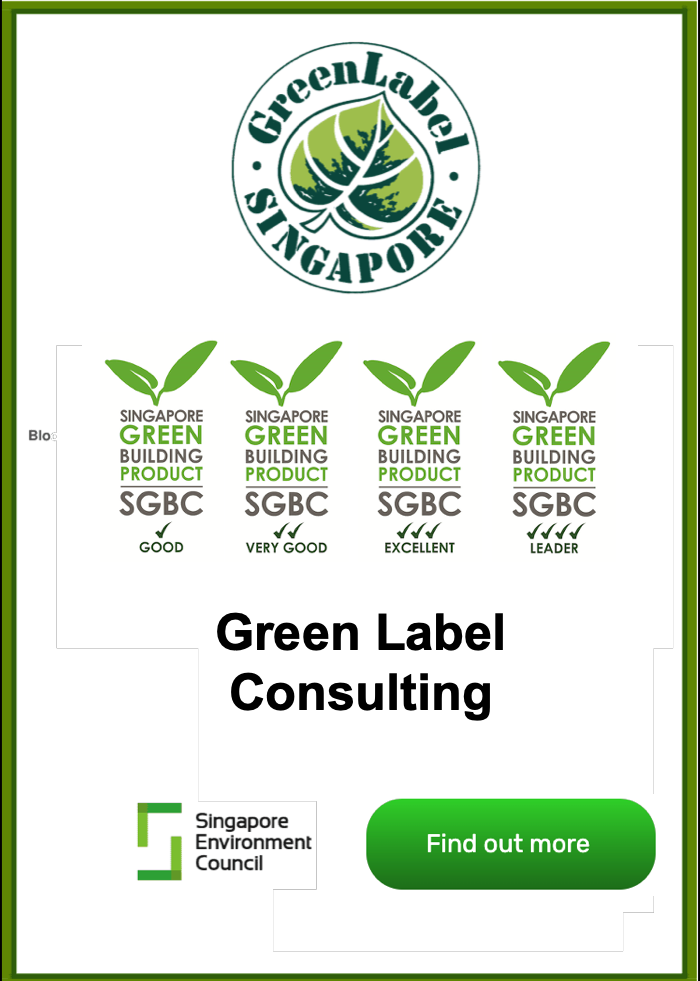
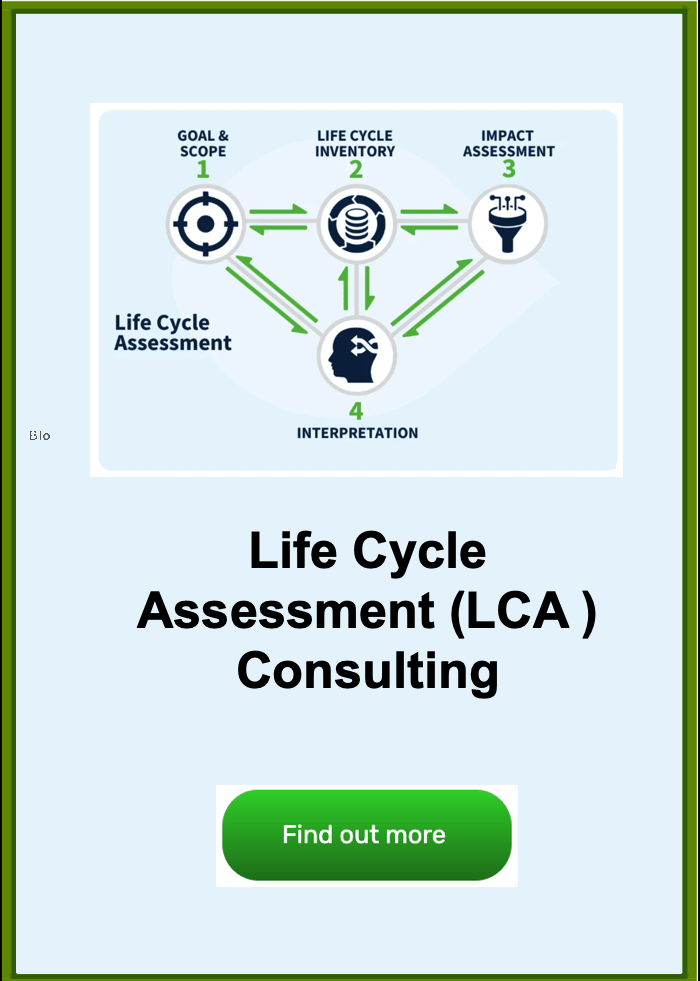

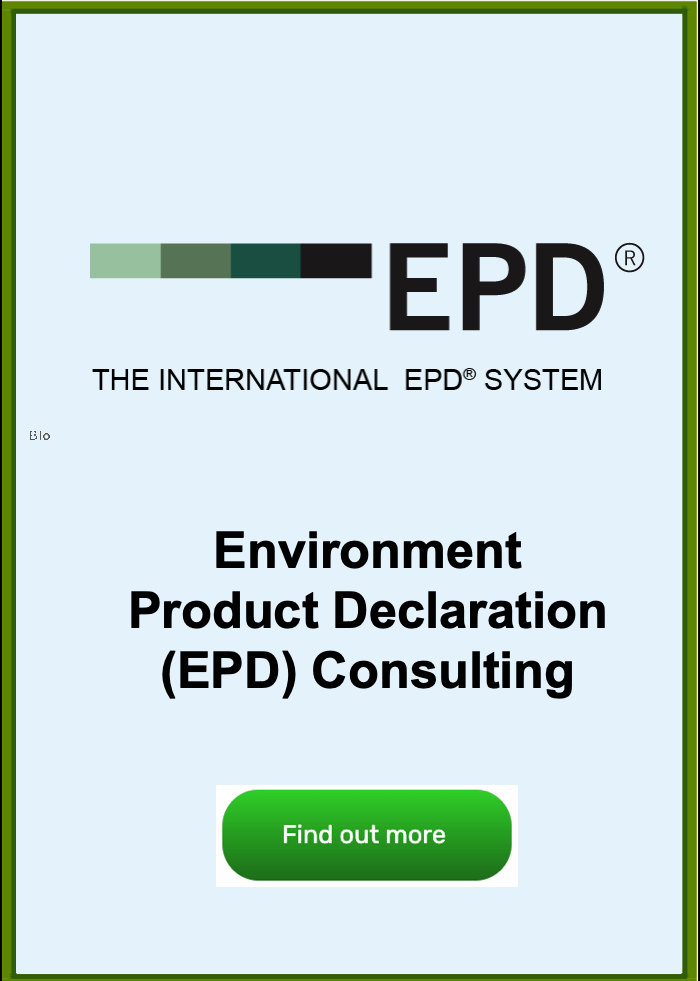
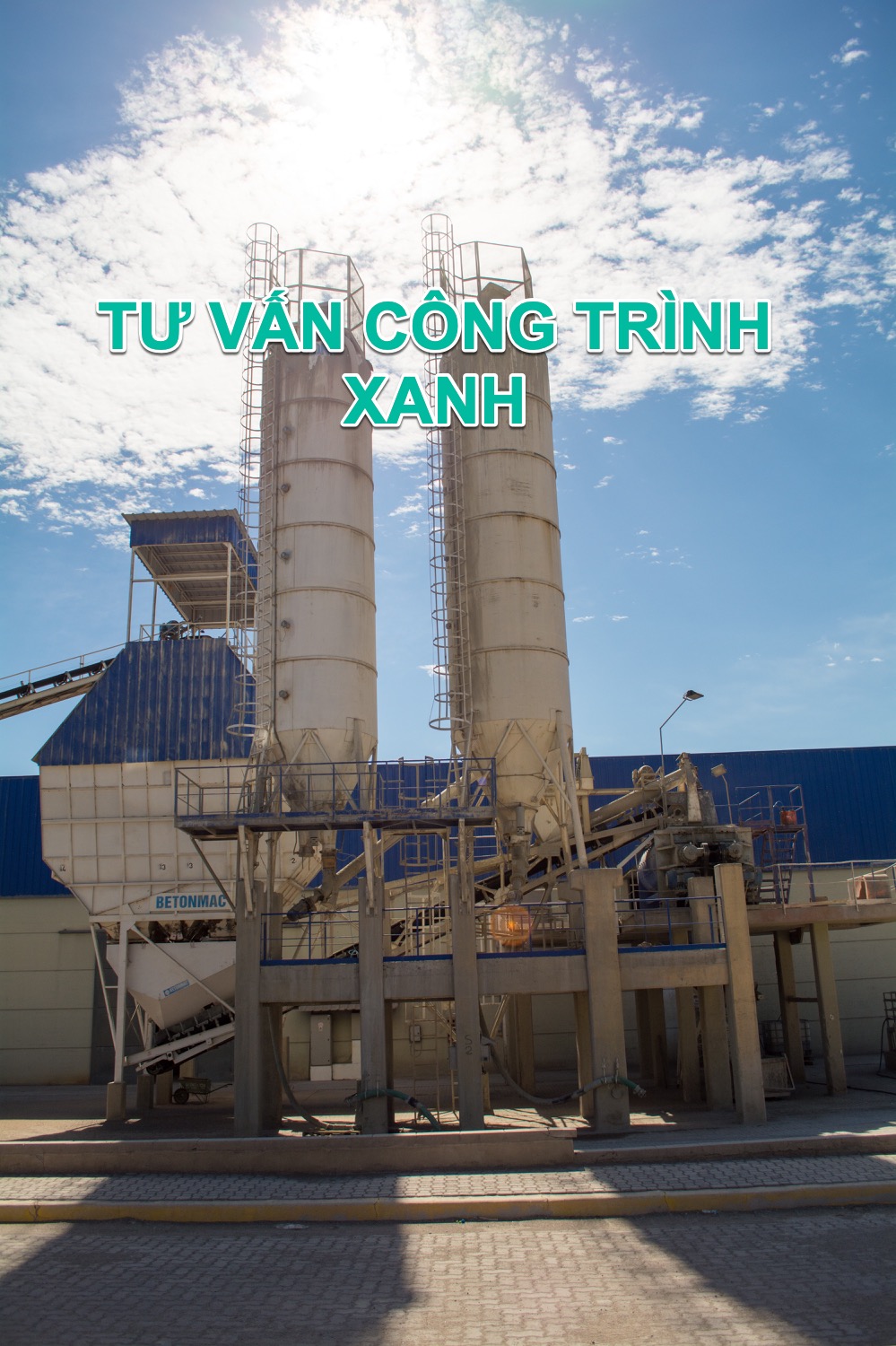


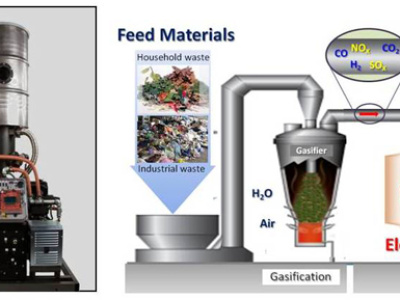
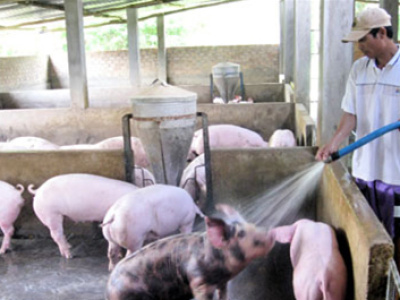
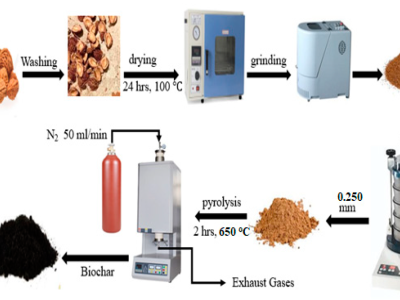
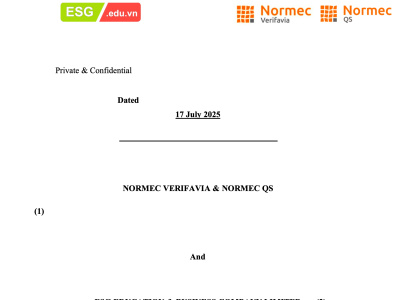

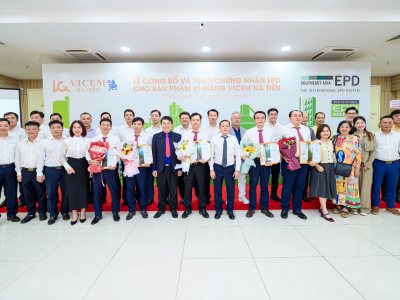



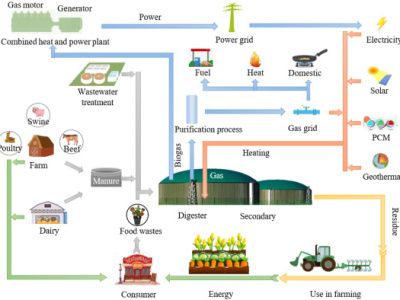
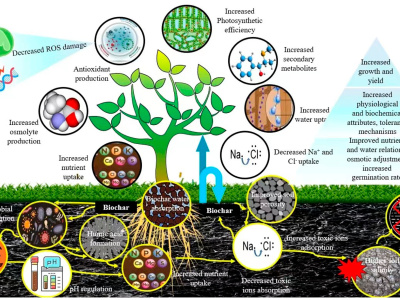
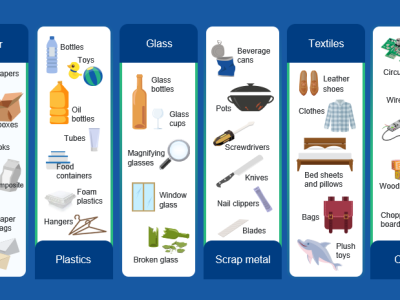
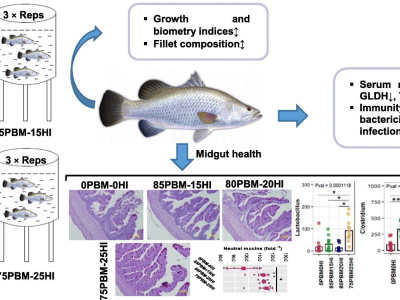
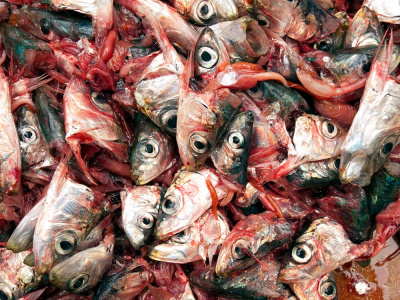
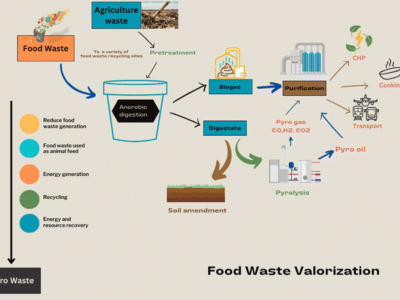
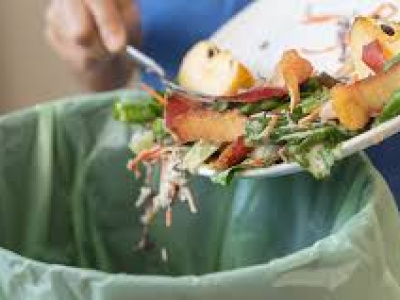
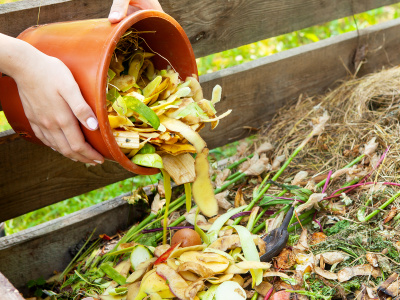
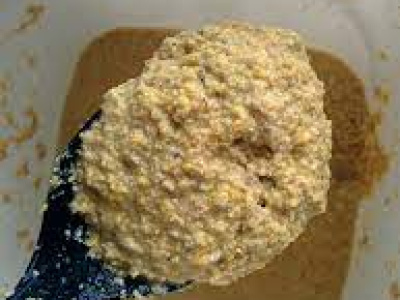
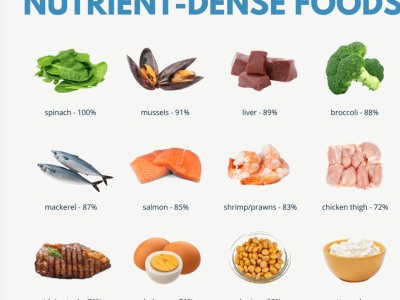
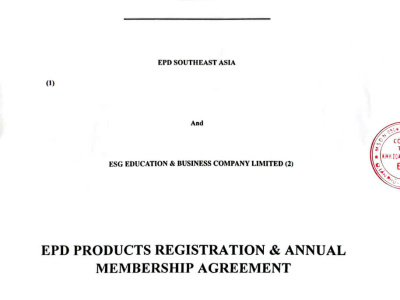
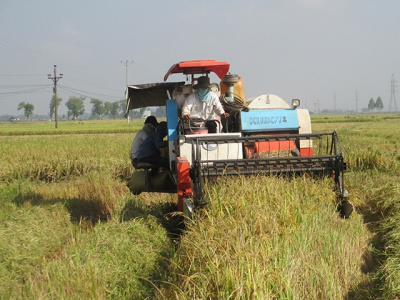
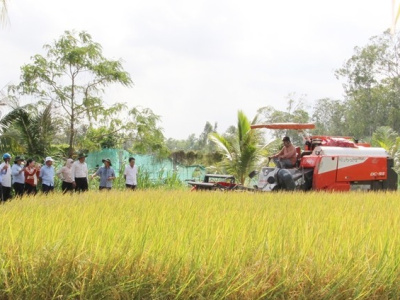
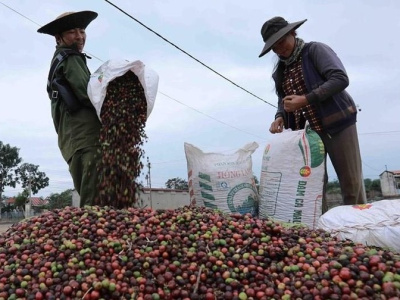
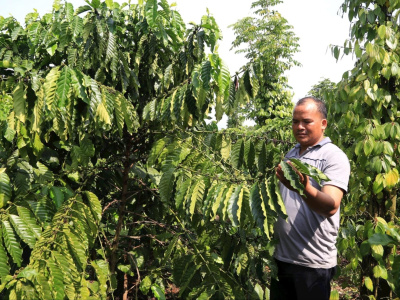
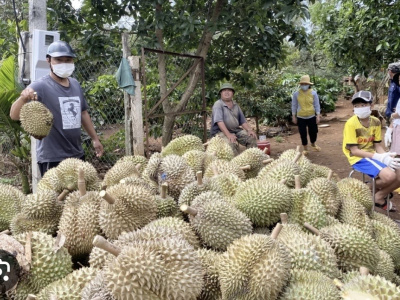
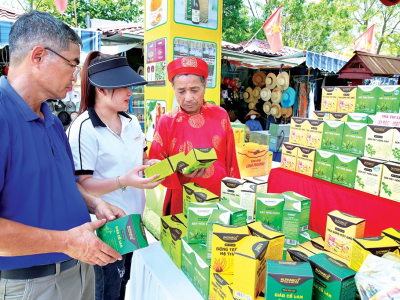
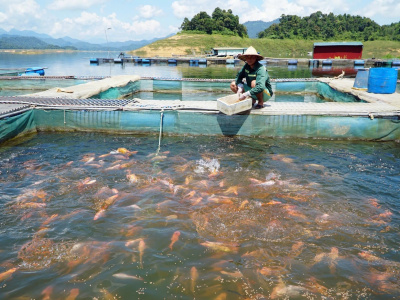
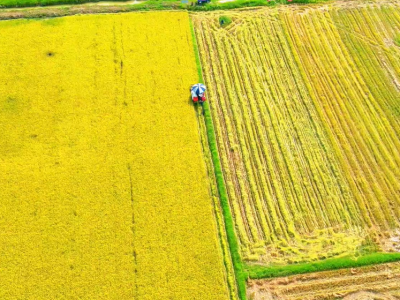
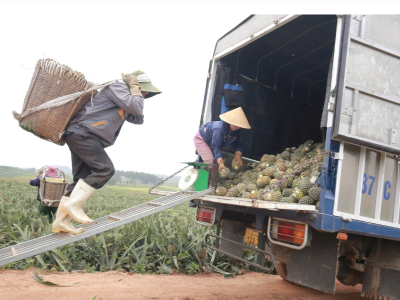
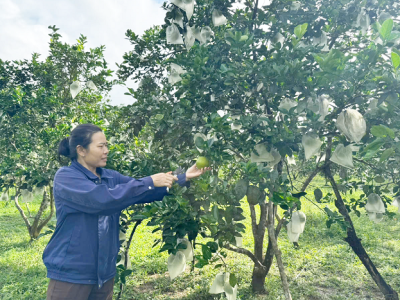
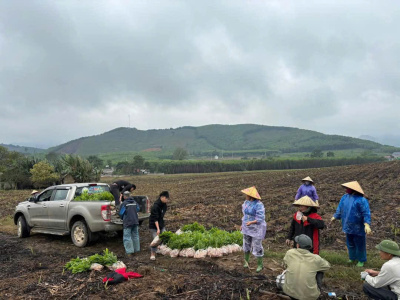
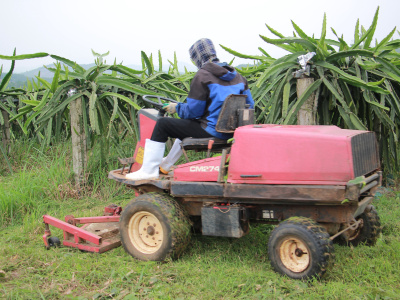
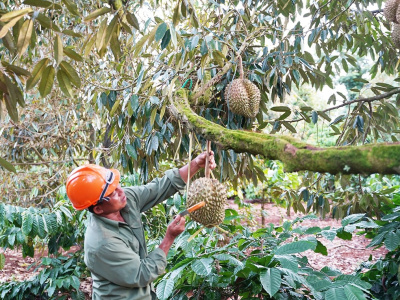
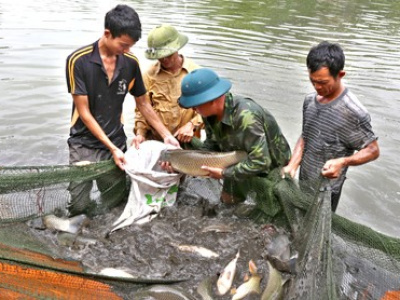
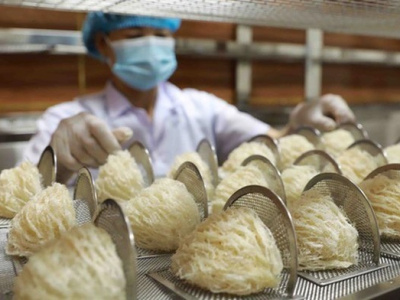
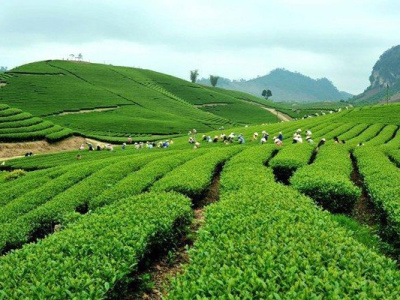
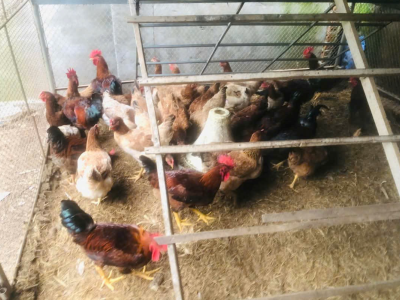
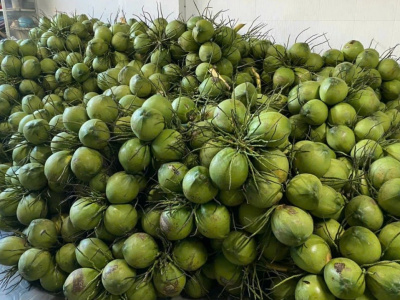
![NGUYỄN ĐÌNH QUYỀN [VN]](https://aseanfarmers.com/wp-content/uploads/NGUYEN-DINH-QUYEN-VN-400x300.png)
